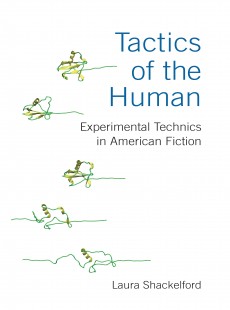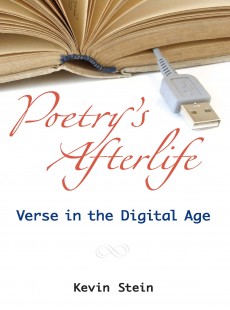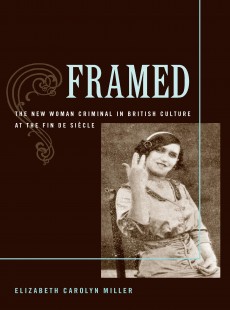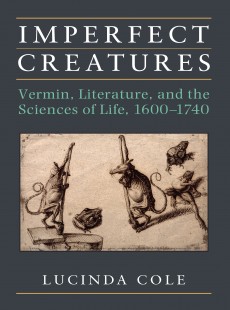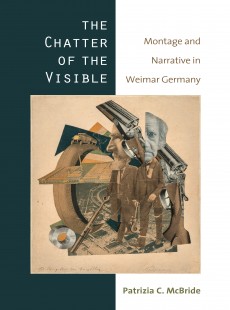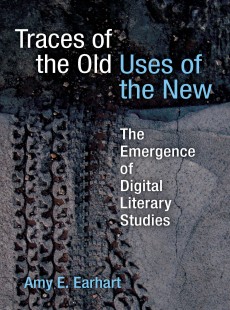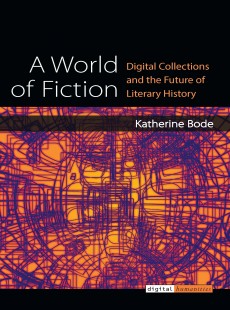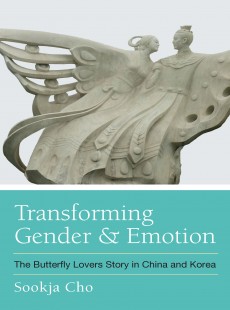Risk Criticism
Precautionary Reading in an Age of Environmental Uncertainty
Molly Wallace
 Publisher: University of Michigan Press
Publisher: University of Michigan Press
Imprint: University of Michigan Press
Published: 01/2016
Pages: 274
Subject: Nature - Environmental Conservation & Protection, Literary Criticism - Semiotics & Theory
Print ISBN: 9780472053025
eBook ISBN: 9780472900671
DESCRIPTION
Risk Criticism is a study of literary and cultural responses to
global environmental risk in an age of unfolding ecological
catastrophe. In 2015, the Bulletin of the Atomic Scientists reset
its iconic Doomsday Clock to three minutes to midnight, as close to
the apocalypse as it has been since 1953. What pushed its hands was
not just the threat of nuclear weapons, but also other global
environmental risks that the Bulletin judged to have risen to the
scale of the nuclear, including climate change and innovations in
the life sciences. If we may once have believed that the end of
days would come in a blaze of nuclear firestorm, we now suspect
that the apocalypse may be much slower, creeping in as chemical
toxins, climate change, or nano-technologies run amok.
Taking inspiration from the questions raised by the Bulletin's
synecdochical 'nuclear' Risk Criticism aims to generate a hybrid
form of critical practice that brings 'nuclear criticism�' into
conversation with ecocriticism. Through readings of novels, films,
theater, poetry, visual art, websites, news reports, and essays,
Risk Criticism tracks the diverse ways in which environmental risks
are understood and represented today.
REVIEWS
“Here we have a careful and astute reworking of nuclear criticism—brought thoughtfully together with contemporary ecocritical work and sociological theories of risk. The great achievement of this book is that Wallace invents and performs a kind of risk criticism appropriate to life in the twenty-first century; more than fabulously textual, this risk criticism is alive to the speculative, the fictive, the imaginative and the decidedly real predicaments of our second nuclear age.”
—Peter van Wyck, Concordia University
RELATED TITLES
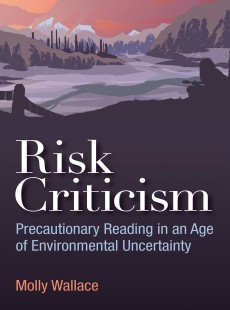
 Publisher: University of Michigan Press
Publisher: University of Michigan Press